So on Tuesday I had organised to spend the whole day with Dr Joelle Fustec at the Ecole Superieure d’Agriculture (ESA) in Angers. The ESA is an agricultural college of about 4000 students. Dr Fustec is the leader of a small team who are /have been researching Nitrogen transfer in Intercrops. I had been recommended Dr Fustec by a few people as she had recently produced results that showed legumes do not transfer significant amounts of Nitrogen to fellow companion crops. A fact that I found very intriguing so I wanted to get some more information.
When I first arrived we went to the greenhouse on the roof to look at current experiments. There were a large number of pots containing clover and wheat of different shades of green.
The idea of the experiments was to test the effect of soil microbiology on plant health and nutrient transfer. There was two gradients they were testing. The effects of earth worms and the effects of soil microbiology. So to test this factor they had sterilised the soil in some of the pots.
In the picture above one pot had been sterilised and the other was natural soil. Which was is which? Answers and explanations please. It has meant the experiment has not gone to plan!
Also they are also looking into Lupin phenotypes that will work best as intercrops, above and below ground:
Then after lunch we spent a couple of hours in Dr Fustec’s office talking about her experiments. Below are a few highlights:
- when growing rape and beans together there is no difference in dry weight compared to sole crops until after 85 days after sowing when the Intercrops are dramatically better
- the amount of Nitrogen transferred from OSR to the beans is the same as from beans to OSR
- there is 30% higher N accumulation in OSR in an intercrop
- intercropping forces the legume to rely on atmospheric N
- OSR and bean roots occupy different parts of the soil early in the season
- N transfer does hardly happen in a annual crop but does in a perennial as it takes the legumes 6 months or more to establish
- beans that are intercropped change their rooting habits and adapt to intercropping. This is shown below. This is a tracing of root growth of beans and OSR in an intercrop over time (beans on the bottom. As you can see the shallow roots of the beans have formed in a more dense area, different in a sole crop.
This root plasticity is why beans are such a good companion. The early rooting growth (first 30 days) are the most important that the plants are not competing, after that is not so important.
We also discussed cereal/legume intercropping an gave me some interesting info:
- a little bit of N at the start is important (50kg/N/ha) as it helps establishment and fixes carbon which helps nodulation. (positive feedback)
- when wheat is in a sole crop it benefits from earthworms but not in an intercrop with peas
- wheat/pea intercrop gives a 2% increase in wheat protein
- there can be more pea/bean weevil in an intercrop due to lower legume plant population
- in a wheat/pea intercrop earthworms prefer to be near the pea roots not the wheat.
Dr Fustec said there are many reasons why intercrops over-yield compared to sole crops (usually 20% higher), it is not just about N transfer, but we still have a lot to learn and understand.
In their team they are also developing a simple test for measuring soil biological activity and a phone app for testing sulphur content in OSR
In the afternoon we went to an Organic Experimental farm with Dr Guenaelle Corre Hellou to look at their intercropping trials:
Below is a cereal with vetch and peas. for forage.
Rye and Vetch (and buttercups!)
Wheat and beans;
They are also doing trial with Triticale and Lupins and Triticale and beans. The idea is that the triticale suck up soil N which reduces weed growth but you get the same legume yield.
Overall it was a fascinating day, full of information and lots to think about. I hope that we can get a similar team in the UK researching intercropping in our conditions. Many thanks must go to Joelle and her team for giving up all this time to show me around and also had time for a drive around Anger’s Old Town.
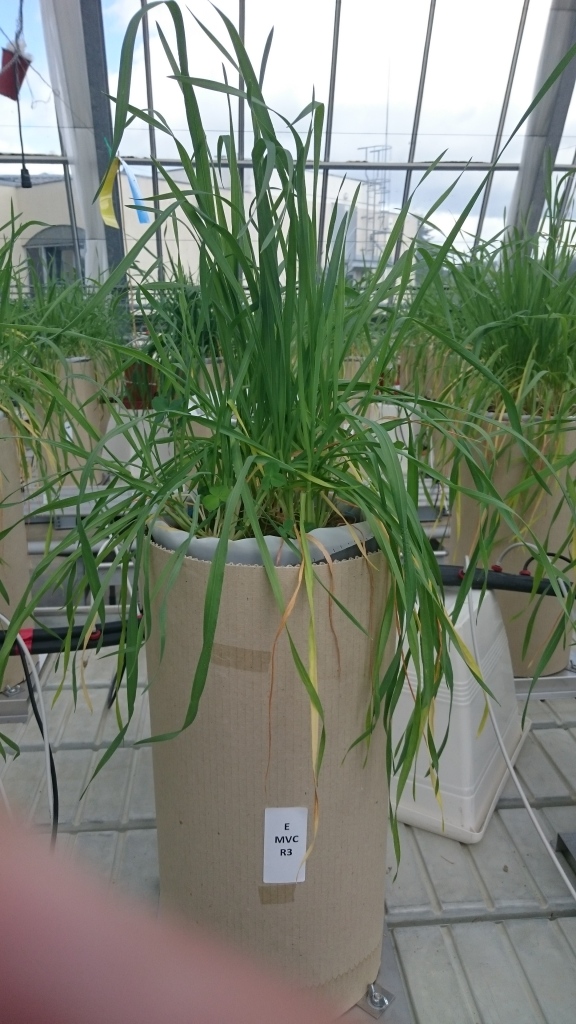
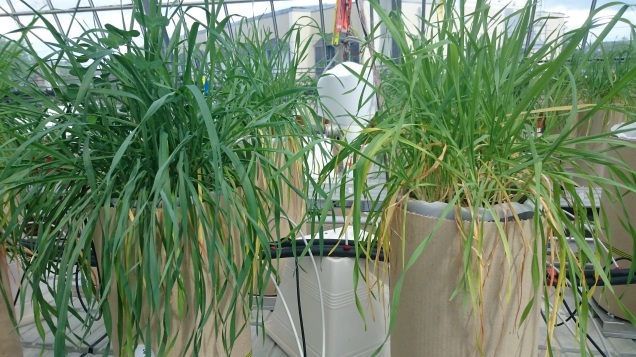
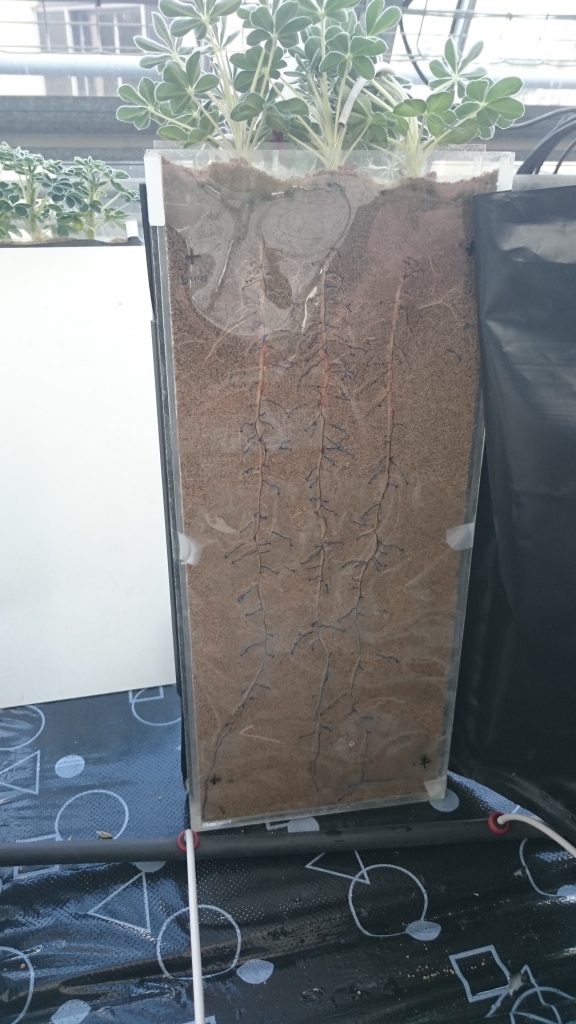
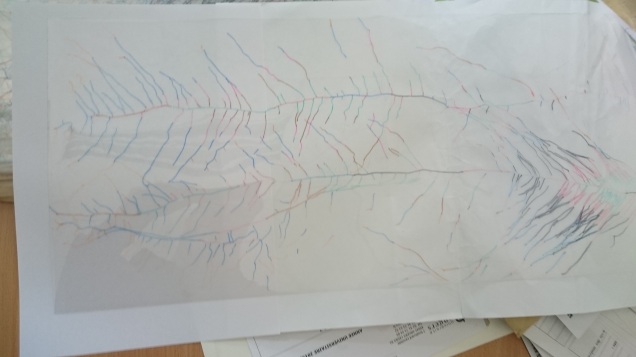
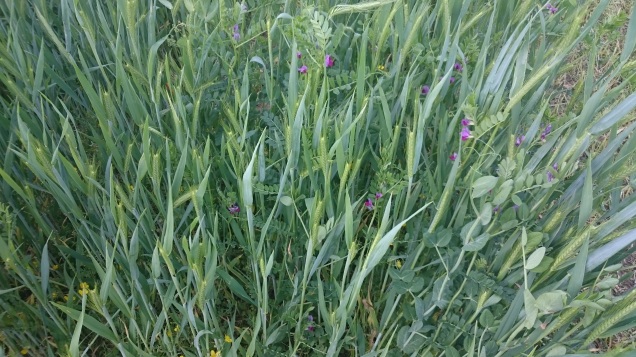


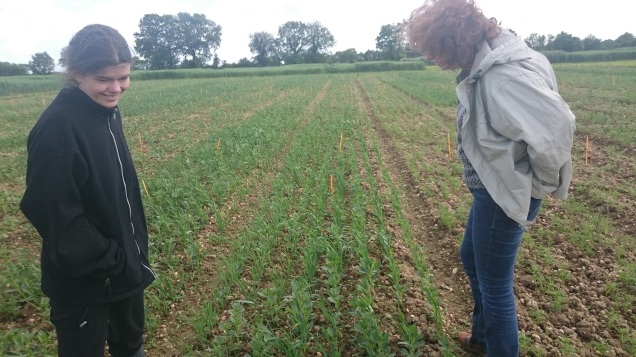
How many Kg/ha of beans established with OSR ,looks fascinating
LikeLike
40kgs of beans and 45kgs of other stuff
LikeLike